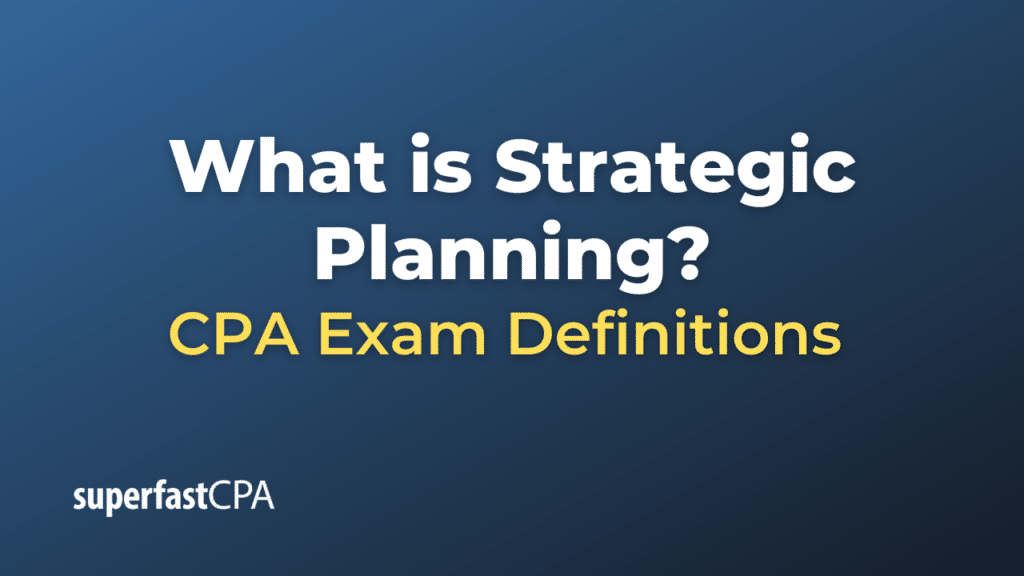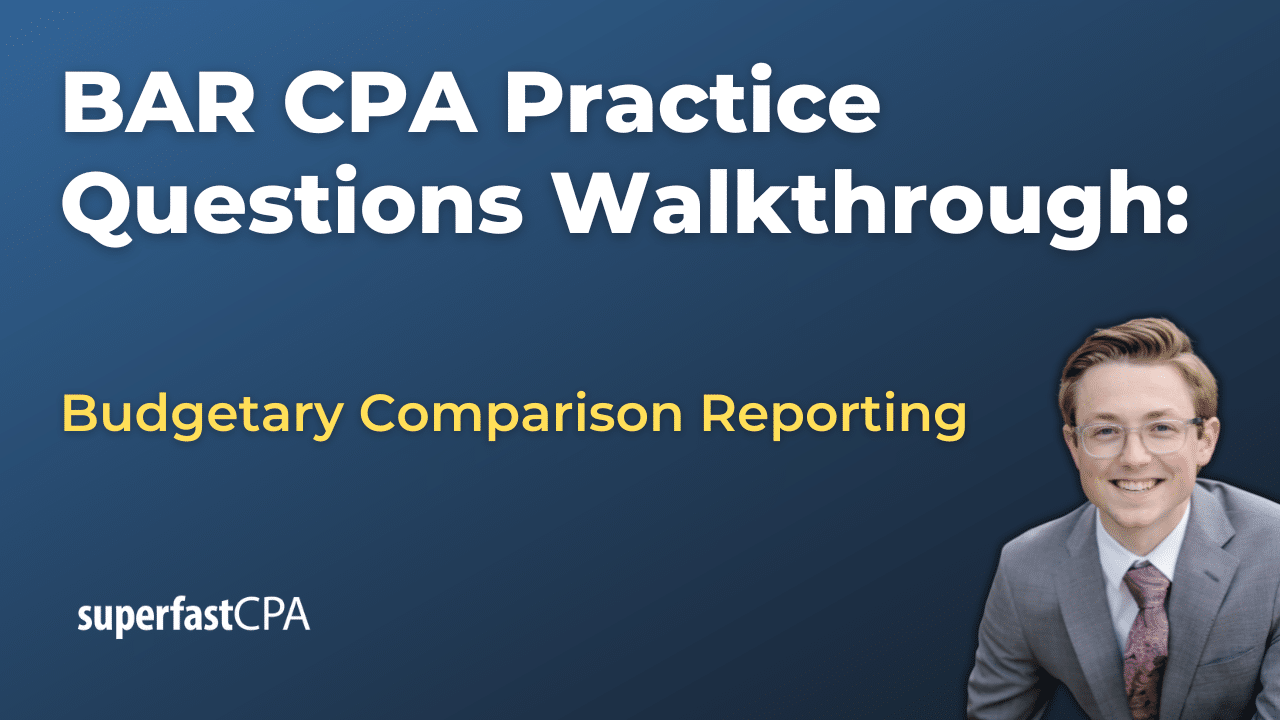Strategic Planning
Strategic planning is a systematic process through which an organization defines its long-term vision, mission, and goals, and then identifies the strategies, tactics, and resources necessary to achieve these objectives. The process provides a roadmap for an organization, guiding its decisions and actions, and ensuring that everyone is working toward the same goals.
Key components and steps of strategic planning include:
- Vision and Mission Statements:
- Vision Statement: Describes the desired future position of the organization. It provides a long-term perspective and acts as a guiding aspiration.
- Mission Statement: Defines the fundamental purpose of the organization, describing why it exists and its primary objectives.
- Environmental Scan:
- Internal Analysis: Evaluates internal strengths and weaknesses. This might include assessments of resources, capabilities, and organizational processes.
- External Analysis: Identifies opportunities and threats in the external environment. Common tools for this analysis include PESTEL (Political, Economic, Social, Technological, Environmental, Legal) and Porter’s Five Forces.
- Establishment of Objectives:
- These are clear, quantifiable goals that the organization aims to achieve within a set timeframe.
- Strategy Formulation:
- Based on the vision, mission, and objectives, the organization devises strategies to achieve the desired outcomes. This involves choosing where to compete (which markets, which customer segments) and how to compete (differentiation, cost leadership, etc.).
- Strategy Implementation:
- Translating strategies into actionable plans. This may involve organizational restructuring, resource allocation, change management, and setting up monitoring mechanisms.
- Monitoring and Evaluation:
- Regularly assessing the progress towards achieving strategic objectives and making necessary adjustments if the organization is off track. This might involve key performance indicators (KPIs) and other metrics to measure performance.
- Feedback and Control:
- Based on monitoring and evaluation, adjustments are made to strategies, tactics, or even objectives. This ensures the organization remains adaptive and responsive to any changes in the internal or external environment.
Example of Strategic Planning
Let’s use a hypothetical example to illustrate the process of strategic planning for a fictional company, “GreenBean Coffee Co.”
GreenBean Coffee Co. – A Strategic Planning Example
Background: GreenBean Coffee Co. is a regional coffee chain with 50 stores. They source and roast their own beans, emphasizing organic, fair-trade products. While they’ve enjoyed steady growth in their region, competition from national chains and a changing market landscape have prompted them to engage in strategic planning.
1. Vision and Mission Statements:
- Vision: “To inspire and nurture every human spirit – one cup, one neighborhood at a time.”
- Mission: “To provide the freshest, most ethically-sourced coffee in an inviting environment that fosters community connections.”
2. Environmental Scan:
- Internal Analysis:
- Strengths: Strong brand loyalty, direct sourcing of beans ensures quality.
- Weaknesses: Limited marketing budget, lack of digital presence.
- External Analysis:
- Opportunities: Growing demand for specialty coffees, increasing interest in sustainable and ethically-sourced products.
- Threats: Strong competition from national chains, fluctuating coffee prices due to climate change.
3. Establishment of Objectives:
- Expand to 75 stores in the next three years.
- Increase online sales by 50% in the next year.
- Enhance brand visibility through a targeted marketing campaign.
4. Strategy Formulation:
- Penetrate new urban markets where demand for specialty coffee shops is high.
- Collaborate with tech partners to develop an e-commerce platform and a loyalty app for mobile orders and payments.
- Launch a “Coffee with a Cause” campaign, emphasizing the company’s commitment to fair trade and sustainability.
5. Strategy Implementation:
- Identify prime urban locations and initiate lease agreements.
- Allocate budget for the development of the e-commerce platform and mobile app.
- Collaborate with PR firms to design and launch the “Coffee with a Cause” campaign.
6. Monitoring and Evaluation:
- Use Key Performance Indicators (KPIs) like:
7. Feedback and Control:
- Six months later, an evaluation reveals strong growth in online sales, but user engagement on the loyalty app is low. In response, GreenBean decides to roll out a promotional offer exclusively for app users to boost engagement.
At the end of the strategic planning period, GreenBean Coffee Co. would ideally be well on its way to achieving its vision and mission, having adapted to the challenges and opportunities of the market, and setting itself apart from competitors through its unique value proposition.









